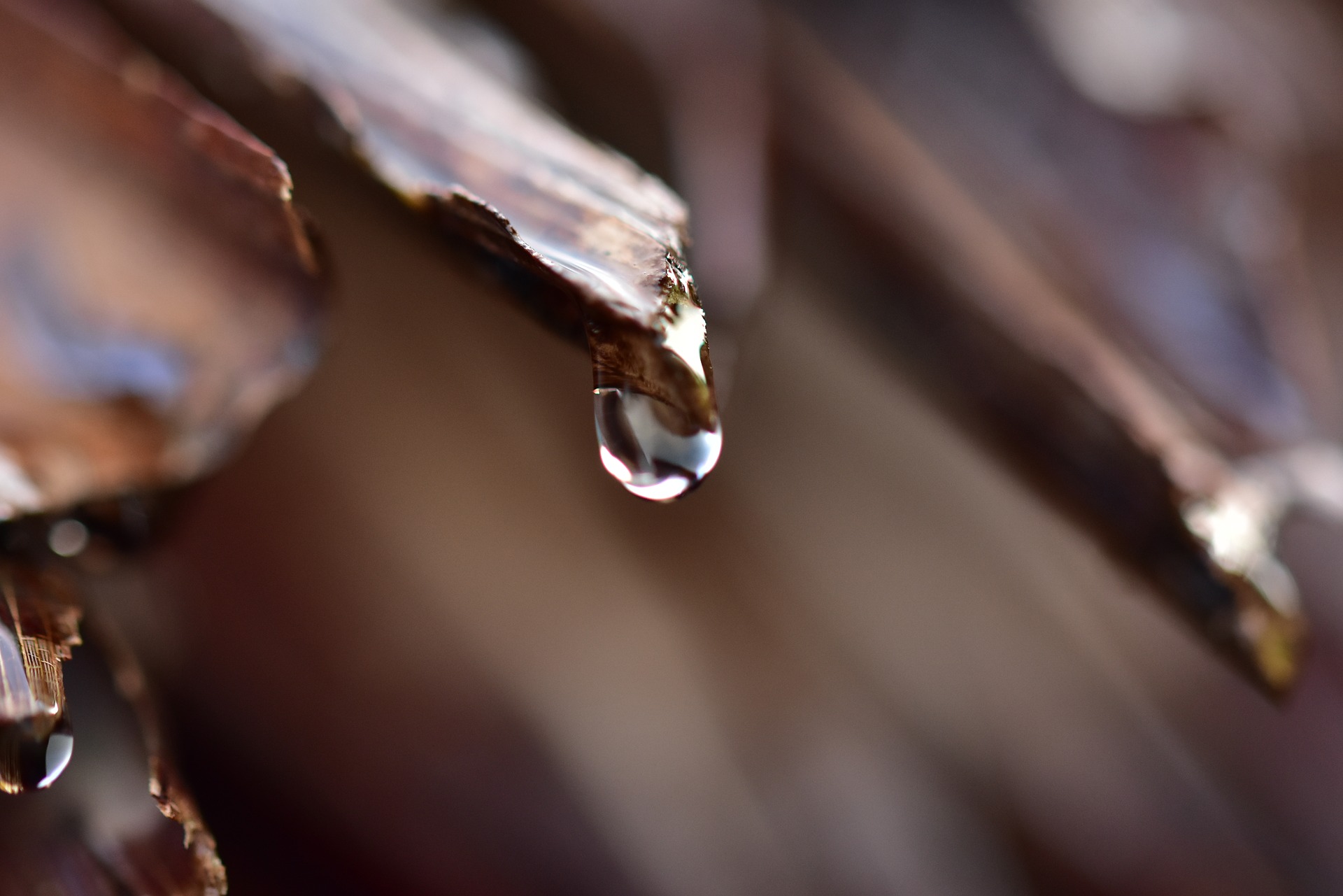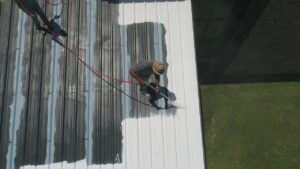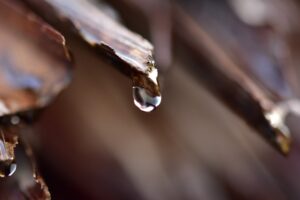The weather is finally cooling down in East Texas. While the recent cold front is a cause to celebrate for many, it also hints at the coming winter. Winter weather can cause serious wear and tear on your roof. That’s why it’s best to check up on your roof before the colder weather arrives. Here are a few issues you may discover this fall.
1. Leaky Roof and Pooling Water
Broken shingles and holes in the layers of your roof can cause leaks. This is probably the most common problem you may run into with your home. Leaks often occur around your chimney or skylight, under damaged shingles, and close to vents or pipes. You may notice discoloration in your ceiling or damp walls as a result of the leak.
When water fails to properly run off your roof, it can pool in places you don’t want it to be. Keeping your gutters clean and removing debris from your roof can prevent this problem.
Moisture buildup in the layers of your roof can lead to mildew or mold, which can threaten your family’s health and the structure of your home.
2. Cracks and Ridges
Your roof shingles can crack and blister over time. This is often a result of the East Texas heat and seasonal winds. Replacing broken shingles can alleviate any issues that may arise as a result.
Lifted shingles can be equally dangerous. If you notice this, the shingle will need to be resealed to your roof and nailed back down. Your local professionals can accomplish this before it becomes a major problem.
Debris from high winds can cause holes to form in your roof. These holes could provide ways for heat to enter or leave your home, driving up your electricity bill and creating more serious problems in the long run. Identify and repair holes when they occur. Your wallet will thank you.
3. Storm Damage
Rain, wind, snow, and hail are only some of the things your roof protects your home from. After the summer storms, it’s important to have your home inspected and any damage repaired.
Another common danger comes in the form of your trees. When storms knock down your tree limbs, it can cause major issues. What you may not realize is that your branches rubbing against the roof in the summer winds can also endanger your shingles. They may be scratched or worn as a result. Trees can provide good shade to protect your roof, but they can also invite trouble. Try to keep the branches trimmed back enough so that they aren’t resting on your roof directly.
4. Bald Spots
Most roofs are built with asphalt shingles. These shingles are covered in small granules that absorb radiation from the sun and protect your roof from the environment. If your shingles become worn and these granules fall off, your roof may not be protected, leading to a host of other issues.
Replacing bald shingles can minimize the issue, but also be aware of when it is time for a full roof replacement. Having your roof regularly inspected can help.
5. Clogged Gutters
One of the most frequent problems this time of year is the fall foliage. It’s not just in your yard, it’s also on your roof and in your gutters. Blocked gutters can lead to standing water and, consequently, water damage to your roof. This water can freeze during the cold months, weighing down your gutters. If your gutters become too heavy and fall off, it will damage not only the gutters but also the side of your home, leading to a costly repair bill.
Be sure to keep gutters clean during the fall months. If they’ve been damaged, water won’t flow off your roof as intended. Estes Roofing can repair your gutters before this becomes a problem.
6. Critters
Small animals such as squirrels, raccoons, and mice, could try to burrow into your roof to store food and nest. They may create holes, enter through soffits, lift or remove shingles, and could even make a home in your attic.
If you notice holes in your roof, have them repaired immediately to avoid further trouble. Additionally, there are ways to deter critters from your roof. Keep your tree branches pruned away from your roof so that animals cannot climb onto your house. Clean debris from your gutters to keep birds from nesting in them. Bird feeders can also attract animals, so removing them could minimize the issue.
7. Winter Buildup
Winter may not seem like a big problem in East Texas, but you should still be aware of these common issues that could affect your roof.
- Ice dams – The freeze-thaw cycle is one of the largest dangers of winter weather. Be it a cold rain or light snow, water gathers on your roof and freezes overnight. Snow and ice buildup on your roof and under your shingles is called an ice dam. Water backs up behind the ice dam and seeps into your home, causing a multitude of problems. Structural damage and mold growth are two of the most pressing issues.
- Icicle build up – Winter precipitation may gather and roll downwards, freezing at the edges of your roof. Icicles could fall and cause injury or damage to personal property. They can also weigh down your roof, pulling at the edges of the shingles. Cleaning your gutters in the fall can deter icicle growth.
- Cold condensation – Warmth and cold air coming together condensate, leading to mold and mildew within your home. The air ventilation in your house can deter this from happening.
Repairs and Replacements
Autumn is the best time of year to perform your routine maintenance. The weather is cooler, the summer storms have ended, and the winter storms won’t hit for a while. Time to have your free inspection with Estes Roofing and repair any damage that may have occurred during the blistering Texas heat.Have your home inspected and schedule any necessary repairs during the autumn months so that the winter weather doesn’t worsen your woes. Your local professionals can give you an estimate on repairs and schedule them at your earliest convenience. Contact us today to get started.






